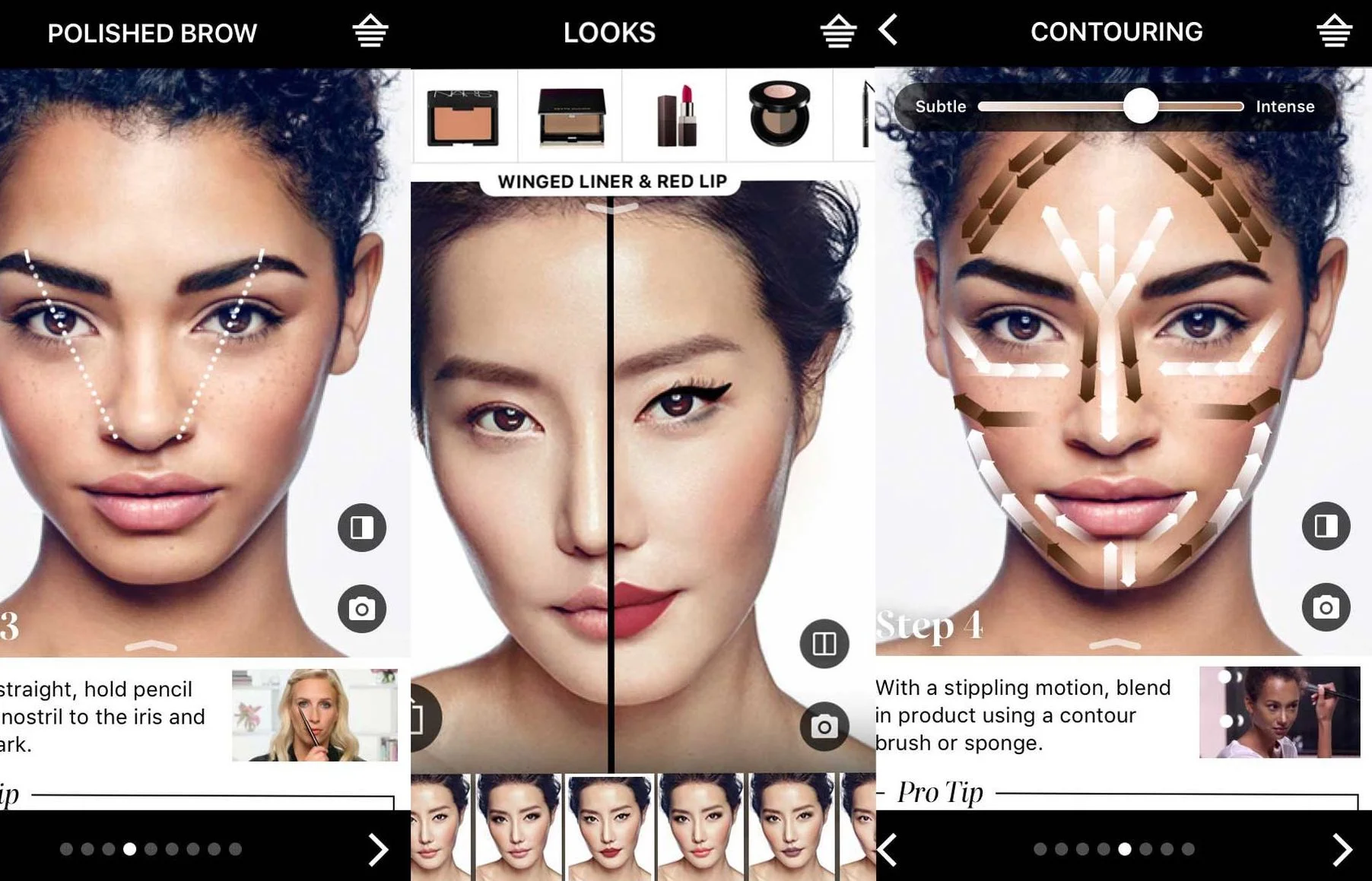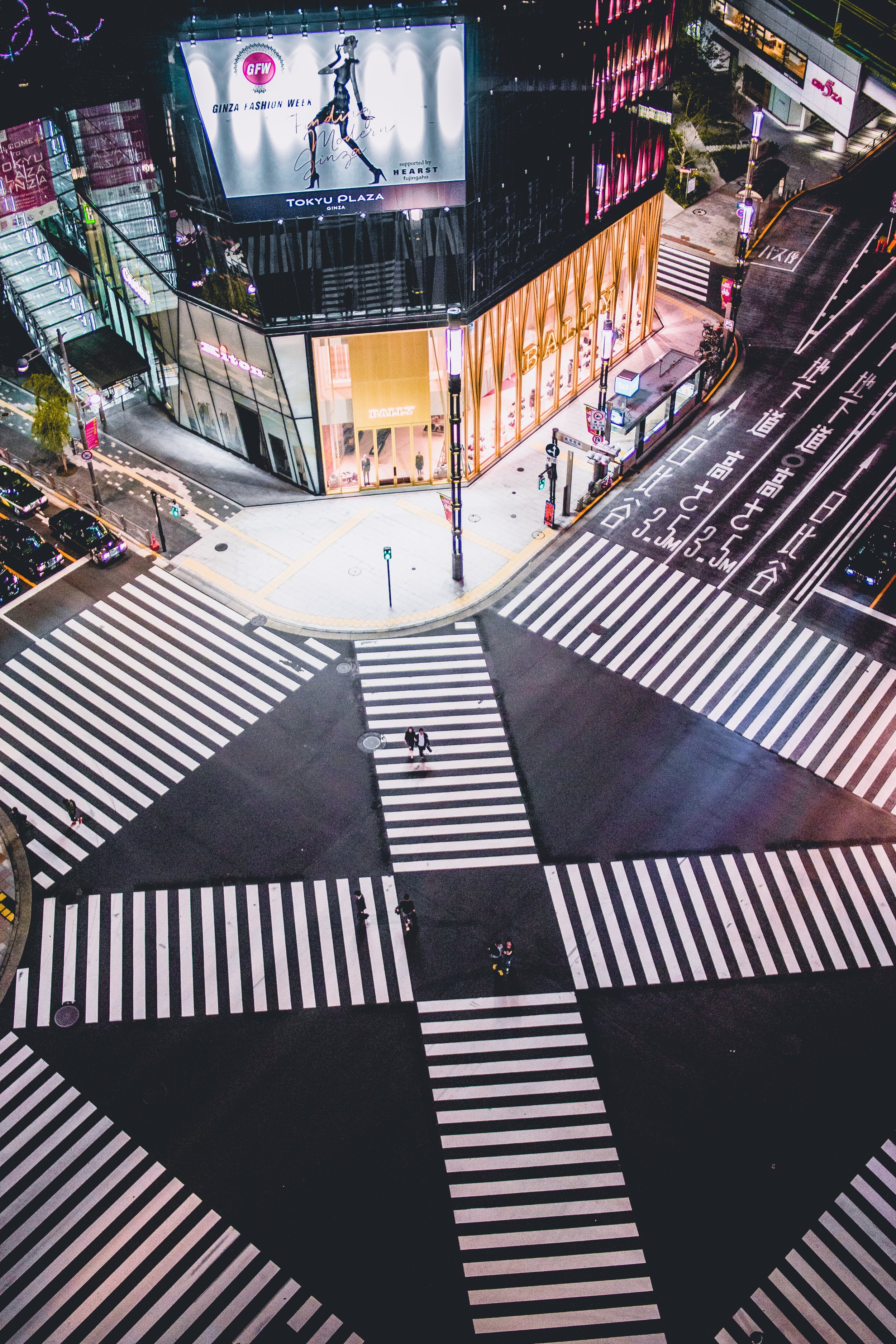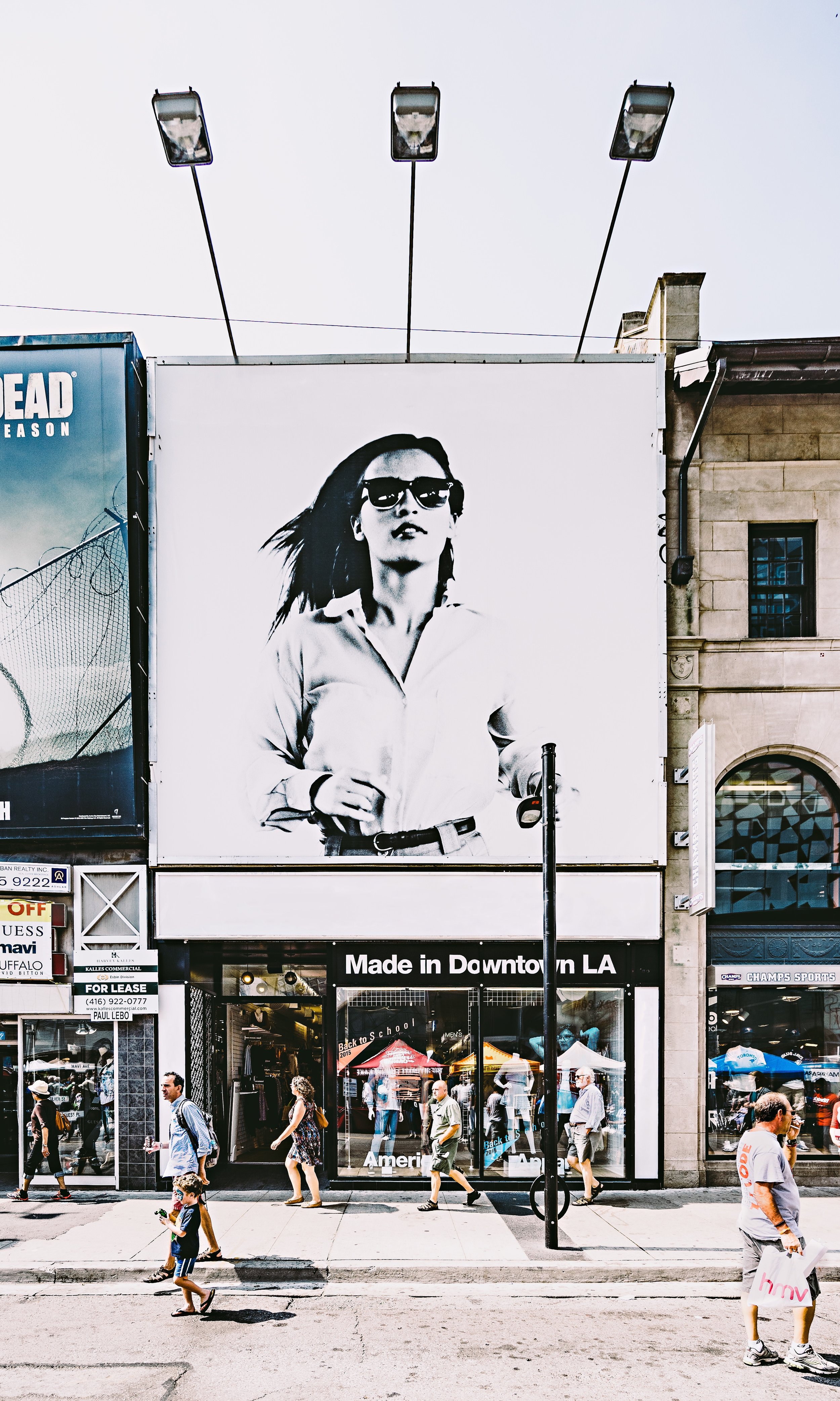Everyone loves a good story… That’s no secret!
Whether you’re reading a book or telling someone a story about something that has happened, storytelling is a way in which you can truly capture the mind and attention of others. Storytelling has always been an essential aspect of successful marketing way before the development of the digital landscape and social media technologies, and it should be no different when it comes to building your social media strategy and social presence. To put it simply, build your brand personality on social media, engage your target audience and make an impact on conversions and growth with the simple art of storytelling.
When it comes to your social media strategy, forget about solely selling, and start thinking about sharing your brand stories, journey and values that consumers will relate to and feel connected with. Not only are consumers spending an increased amount of time on social media, consumers are also increasingly using social media platforms as a search engine and a platform to follow their favourite brands.
According to Sprout Social, earlier this year, 73% of social media users now follow a brand. It’s important to showcase your brand personality and brand story to make consumers stop and pay attention to YOU - be memorable and be interesting. It could take just one influential person to buy into your brand and share your story to open up an array of avenues for growth, awareness and a surge in engagement.
The simple art of storytelling on social media will enable you to build and share your brand personality and create an emotional connection with your audience and leave a long lasting impression. In the highly cluttered social media landscape, brands are being thrown at consumers left, right and centre so it’s important to stop and think; are you giving consumers a reason to connect with and buy into your brand? Be aware that consumers are no longer solely buying into brand or product, but rather what your brand or product stands for and symbolises. So, whether it’s about your brand, product or to launch a Christmas campaign, remember to be intimate with your online audience and tell a story.
So, in a nutshell… Social media is an extremely powerful platform with millions of users. Use it to tell stories, build your brand and engage your audience. After all, your brand is the personality and image of your business, so don’t forget to share your story and capture the mind and attention of online consumers.
With social media storytelling on your side, your brand can have a happily ever after ending.









